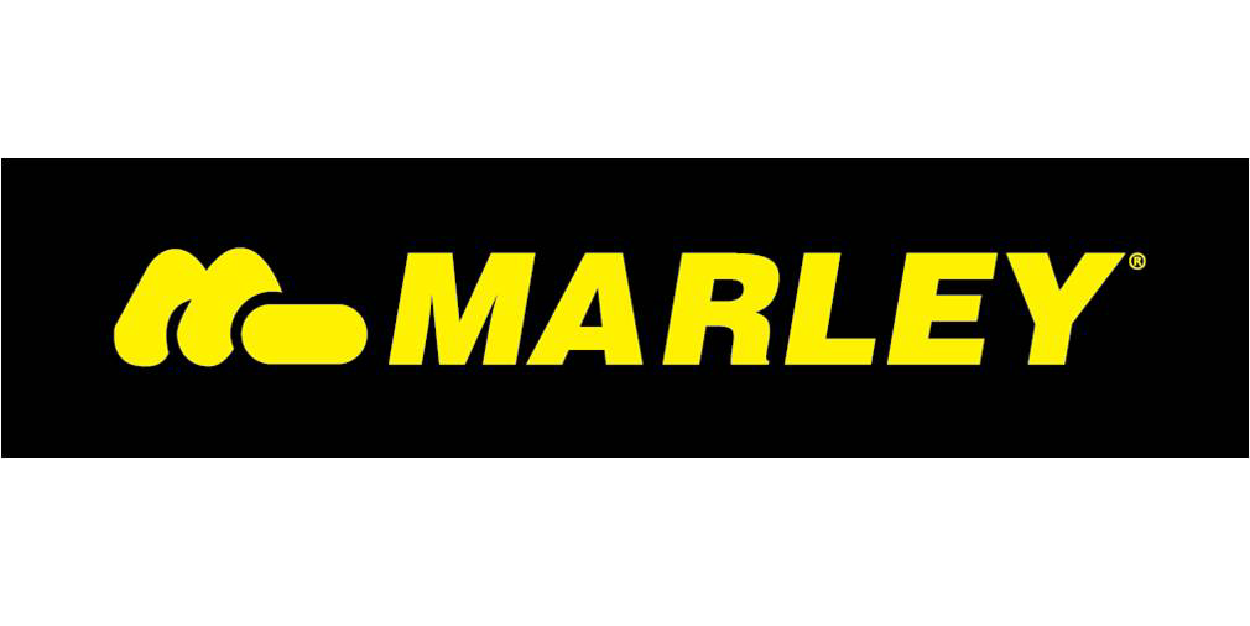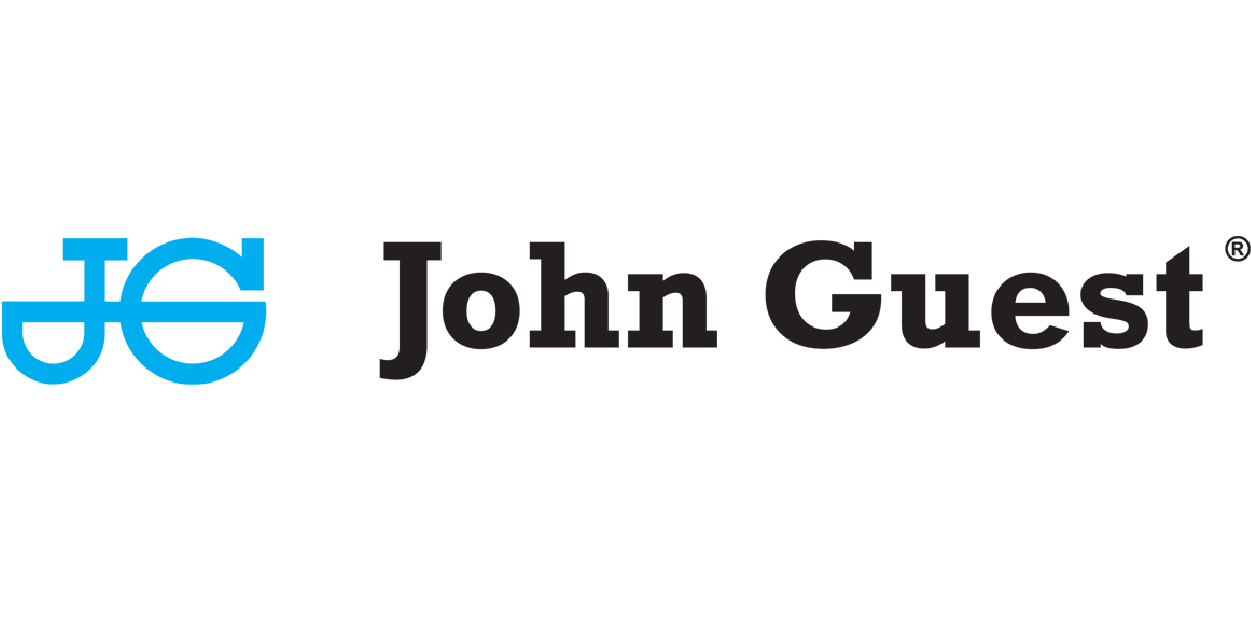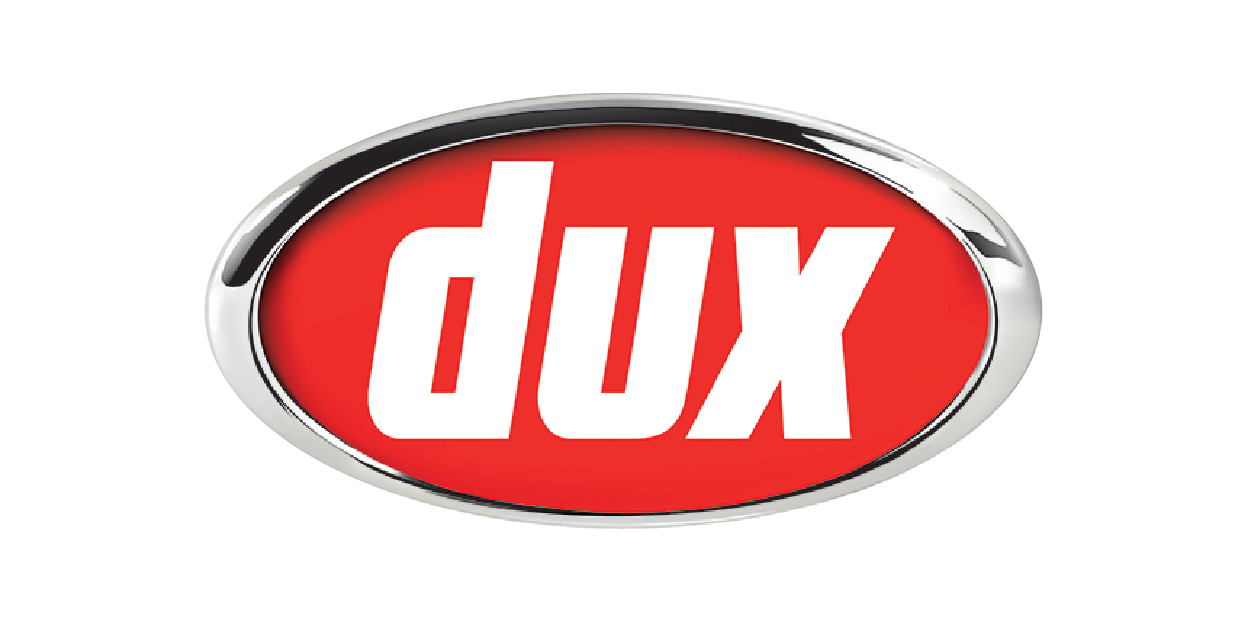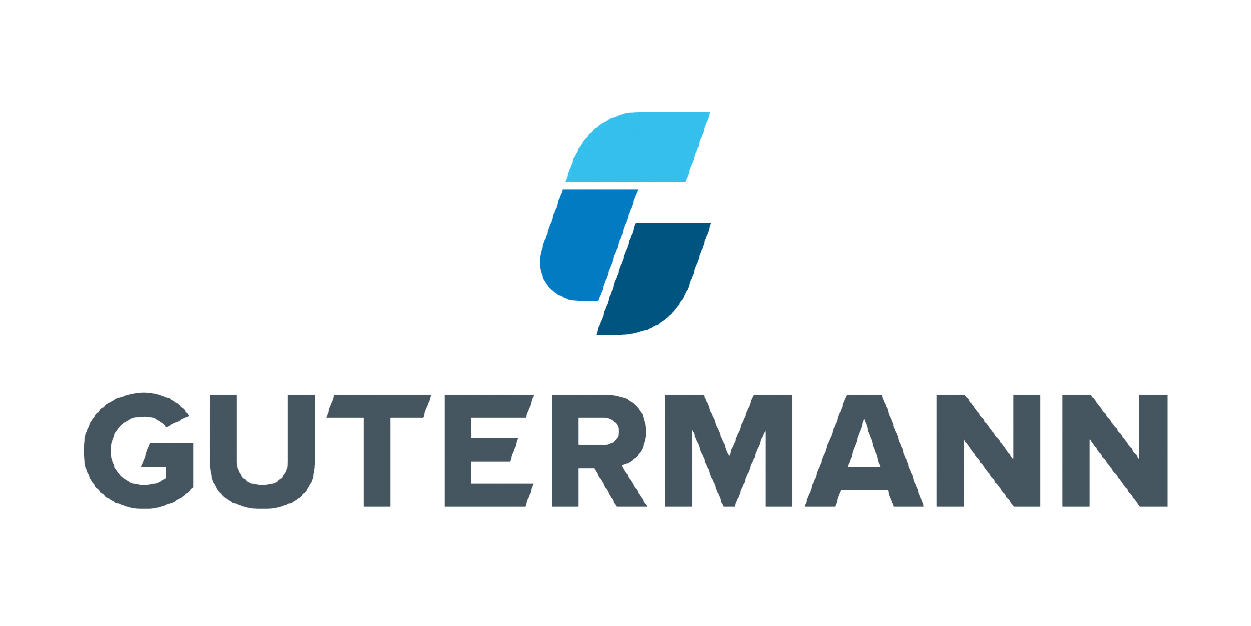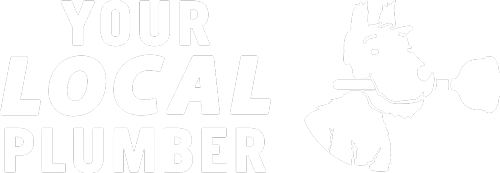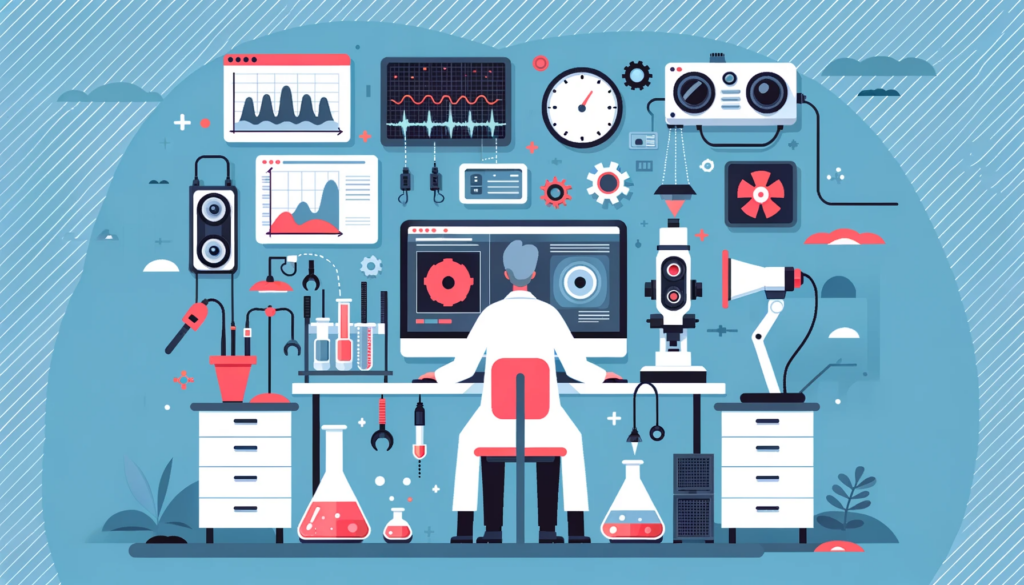
Call Today 09 973 4973 or
Leak detection technologies are designed to accurately locate and identify leaks in plumbing, gas, and sewer systems. There is a wide range of methods and tools available, each leveraging different scientific principles to detect leaks. In this section, we will explore some of the most common and effective leak detection technologies and the science behind them.
Acoustic Leak Detection
Acoustic leak detection is based on the principle that leaks produce distinct sounds and vibrations as water or gas escapes from pipes or fittings. These sounds are generated due to the turbulence created when fluid flows through a hole or crack in the pipe. By using sensitive microphones or ground microphones, technicians can listen for these sounds and pinpoint the location of the leak.
Advanced acoustic leak detection systems may also incorporate digital signal processing and noise filtering techniques to enhance the accuracy of the leak identification. These systems can help differentiate the sound of a leak from background noise, allowing technicians to locate even small or deep leaks.
Infrared Thermography
Infrared thermography is a non-destructive testing method that uses infrared cameras to detect temperature differences in materials. Leaks often cause changes in the temperature of the surrounding area due to the flow of water or gas. By capturing thermal images, infrared cameras can reveal temperature anomalies that may indicate the presence of a leak.
This technology is particularly useful for detecting leaks in walls, ceilings, and other concealed areas, as it allows technicians to identify potential issues without causing damage to the property.
Tracer Gas Leak Detection
Tracer gas leak detection involves introducing a non-toxic, non-flammable gas (such as helium or hydrogen) into the plumbing or gas system. This tracer gas will escape through any leaks, and its presence can be detected using a sensitive gas detector. By monitoring the concentration of the tracer gas, technicians can pinpoint the location of the leak.
This method is highly effective for detecting leaks in pressurised systems and can be used for both water and gas pipelines.
Video Pipe Inspection
Video pipe inspection, also known as CCTV inspection or sewer camera inspection, involves using a specialised camera mounted on a flexible rod to visually inspect the interior of pipes. This technology allows technicians to identify leaks, cracks, blockages, and other issues within the plumbing system.
High-resolution cameras and LED lighting systems enable technicians to capture clear images, even in low-light conditions or underwater. Video pipe inspection is often used in combination with other leak detection methods to confirm the location and nature of a leak.
Ground Penetrating Radar (GPR)
Ground penetrating radar (GPR) is a non-invasive method that uses electromagnetic waves to create images of the subsurface. By transmitting high-frequency radio waves into the ground and measuring the time it takes for the waves to bounce back, GPR systems can detect objects and changes in the subsurface, such as leaks in underground pipes.
GPR is particularly useful for locating leaks in non-metallic pipes, such as PVC or concrete pipes, which can be challenging to detect using other methods.
The science behind leak detection technologies is diverse and continually evolving. By leveraging principles from acoustics, thermography, gas detection, video imaging, and radar technology, these methods enable professionals to accurately locate and assess leaks in plumbing, gas, and sewer systems. By investing in advanced leak detection technologies and services, property owners can protect their homes and businesses from the adverse effects of undetected leaks.
Ultrasonic Leak Detection
Ultrasonic leak detection is another acoustic-based method that detects leaks by identifying high-frequency ultrasonic sounds generated by escaping fluids or gases. These sounds are typically inaudible to the human ear but can be detected using specialised ultrasonic leak detectors.
Ultrasonic detectors can help locate even small leaks, making this method highly effective for identifying and pinpointing leaks in pressurised systems. The use of ultrasonic leak detection is not limited to plumbing systems, as it can also be applied to gas and compressed air systems.
Pipe Condition Assessment
Pipe condition assessment is a more comprehensive approach to leak detection that involves evaluating the overall condition of a pipe system. By employing a combination of technologies, such as video pipe inspection, acoustic leak detection, and pressure testing, technicians can assess the structural integrity of the pipe network and identify areas where leaks may occur.
This proactive approach allows property owners to address potential issues before they become significant problems, helping to prevent leaks and maintain the efficiency of the plumbing, gas, and sewer systems.
Smart Water Networks and IoT Sensors
Advancements in technology have also led to the development of smart water networks and Internet of Things (IoT) sensors for leak detection. These systems use advanced sensors to monitor various parameters, such as pressure, flow, and water quality, throughout the water distribution network. By analysing this data in real-time, smart water networks can detect anomalies that may indicate leaks or other issues.
IoT sensors can be installed at various points in the plumbing system, providing continuous monitoring and enabling property owners to quickly address any problems. These technologies not only improve leak detection but also contribute to more efficient water management and resource conservation.
Leak Detection Software and Artificial Intelligence
Leak detection software and artificial intelligence (AI) are increasingly being used to enhance the accuracy and efficiency of leak detection methods. By analysing data from various sources, such as acoustic sensors, pressure readings, and flow measurements, AI algorithms can identify patterns and anomalies that may indicate the presence of a leak.
These advanced software tools can also help technicians pinpoint the location of leaks more accurately and prioritise which areas require immediate attention. As AI technology continues to evolve, it is expected to play an even more significant role in the future of leak detection and water management.
The science behind leak detection technologies is vast and constantly evolving. By utilising a range of techniques and tools, professionals can effectively locate and identify leaks in plumbing, gas, and sewer systems. As technology advances, property owners can expect even more accurate and efficient leak detection services, helping to protect their homes and businesses from the negative effects of undetected leaks. By understanding the science behind these technologies, property owners can make informed decisions about the best leak detection methods for their specific needs.
Suppliers
